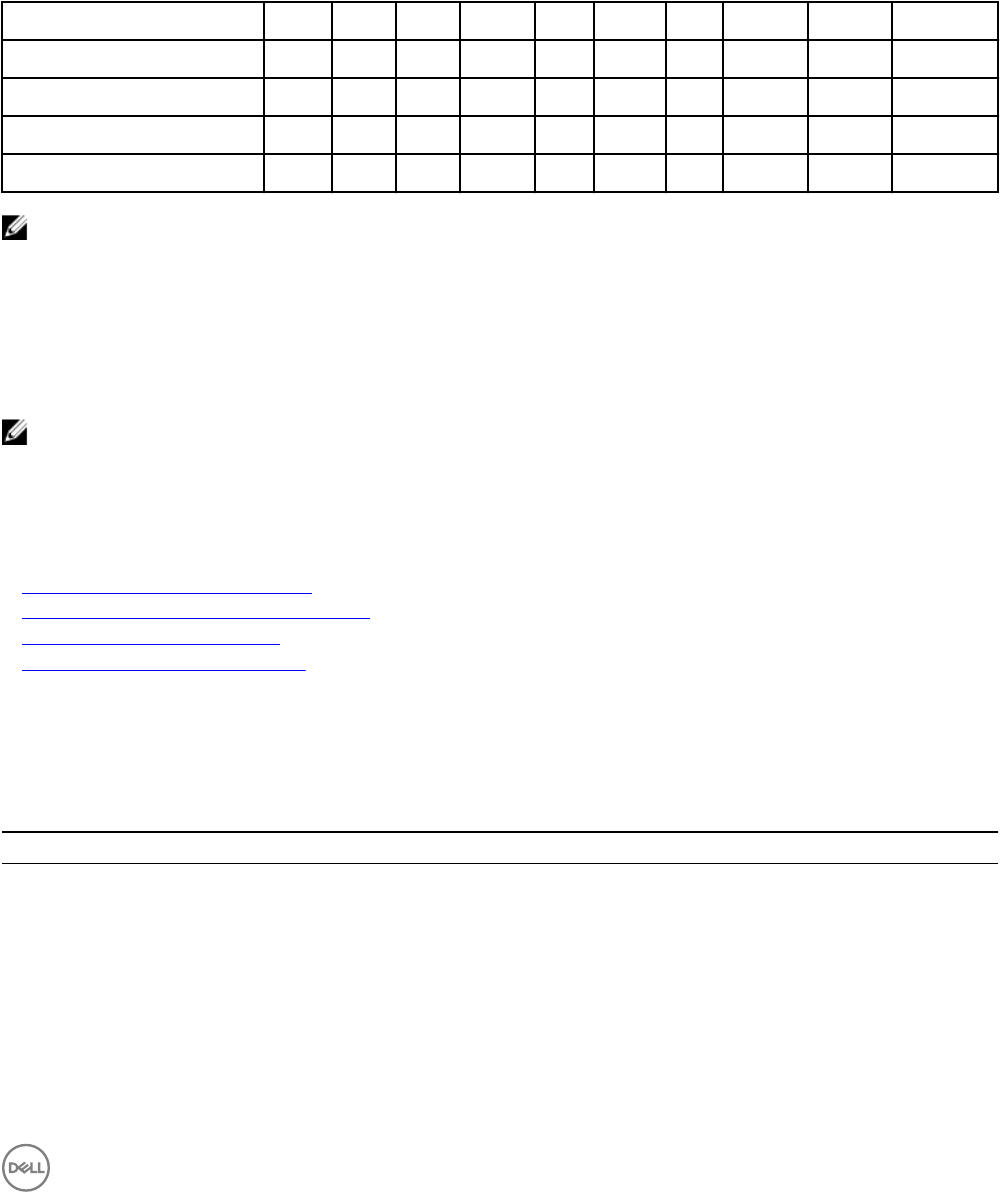Users Guide
Table Of Contents
- Active System Manager Release 8.3.1 User’s Guide
- Overview
- Getting started with ASM 8.3.1
- Initial Setup
- Dashboard
- Services
- Deploying service
- Add existing service
- Viewing service details
- Editing service information
- Deleting service
- Exporting service details
- Retrying service
- Viewing all settings
- Migrating servers (service mobility)
- Migrating servers
- Upgrading components
- Adding components to an existing service deployment
- Deleting resources from service
- Templates
- Managing templates
- Viewing template details
- Creating template
- Editing template information
- Building template overview
- Building and publishing template
- Importing template
- Exporting template
- Uploading external template
- Editing template
- Viewing template details
- Deleting template
- Cloning template
- Deploying service
- Deploying multiple instances of service
- Adding Attachments
- Decommissioning services provisioned by ASM
- Component types
- Component combinations in templates
- Additional template information
- Managing templates
- Resources
- Resource health status
- Resource operational state
- Port View
- Resource firmware compliance status
- Updating firmware
- Removing resources
- Viewing firmware and software compliance report
- Discovery overview
- Configuring resources or chassis
- Removing discovered resources
- Configuring default firmware repository
- Running firmware compliance
- Configuring global chassis settings
- Configuring unique chassis settings
- Configuring unique server settings
- Configuring unique I/O module settings
- I/O module configuration
- Completing the chassis configuration
- Adding or editing Chassis Management Controller (CMC) user
- Adding or editing Integrated Dell Remote Access Controller (iDRAC) user
- Updating resource inventory
- Viewing resource details
- Understanding server pools
- Settings
- Troubleshooting

• Server and Application
• Cluster only
• Cluster and Virtual Machine
• Cluster, Virtual Machine, and Application
• Server, Cluster, and Virtual Machine
Table 9. Valid template Combinations in templates
Application x x x
Virtual Machine x x x x x
Cluster x x x x x x x
Server x x x x x x
Storage x x x x
NOTE: X's in column indicate components that can be used together in a template
Additional template information
This section provides more details, including pre-requisites, for creating or deploying certain types of templates.
Deploying ESXi cluster for SAN applications
NOTE: This feature is supported only in ASM, version 7.5.1 and later.
When planning to deploy ESXi clusters for SAN applications using Dell Compellent Storage and Brocade SAN switch 6510, there are
certain prerequisites to consider, and guidelines that should be followed when creating a template, deploying a service, and cleaning
up deployments.
Related links
ESXi cluster deployment pre-requisites
Creating template for ESXi cluster deployment
Deploying service on ESXi clusters
Cleaning up ESXi cluster deployments
ESXi cluster deployment pre-requisites
Before utilizing this ASM solution to deploy ESXi cluster using Dell Compellent Storage and Brocade 6510 SAN switch, ensure that
the pre-requisites listed in the following table are met:
Table 10. ESXi cluster deployment pre-requisites
Specication Pre-requisite
Chassis IOM Conguration—if blade use case Ensure that the SAN IOM is in access gateway mode.
Managed Rack or Blade Servers Conguration Ensure that the QLogic FC Adapters installed in any slot for rack
servers or fabric B or C for blade servers. ASM queries for
WWPN values on a QLogic QME or QLE 2662 or 2572 adapter.
Brocade Switch Conguration
• Create fault domain on the Brocade switches for Dell
Compellent or EMC VNX Storage devices.
• Create both physical and logical ports for the Compellent or
VNX array.
63










